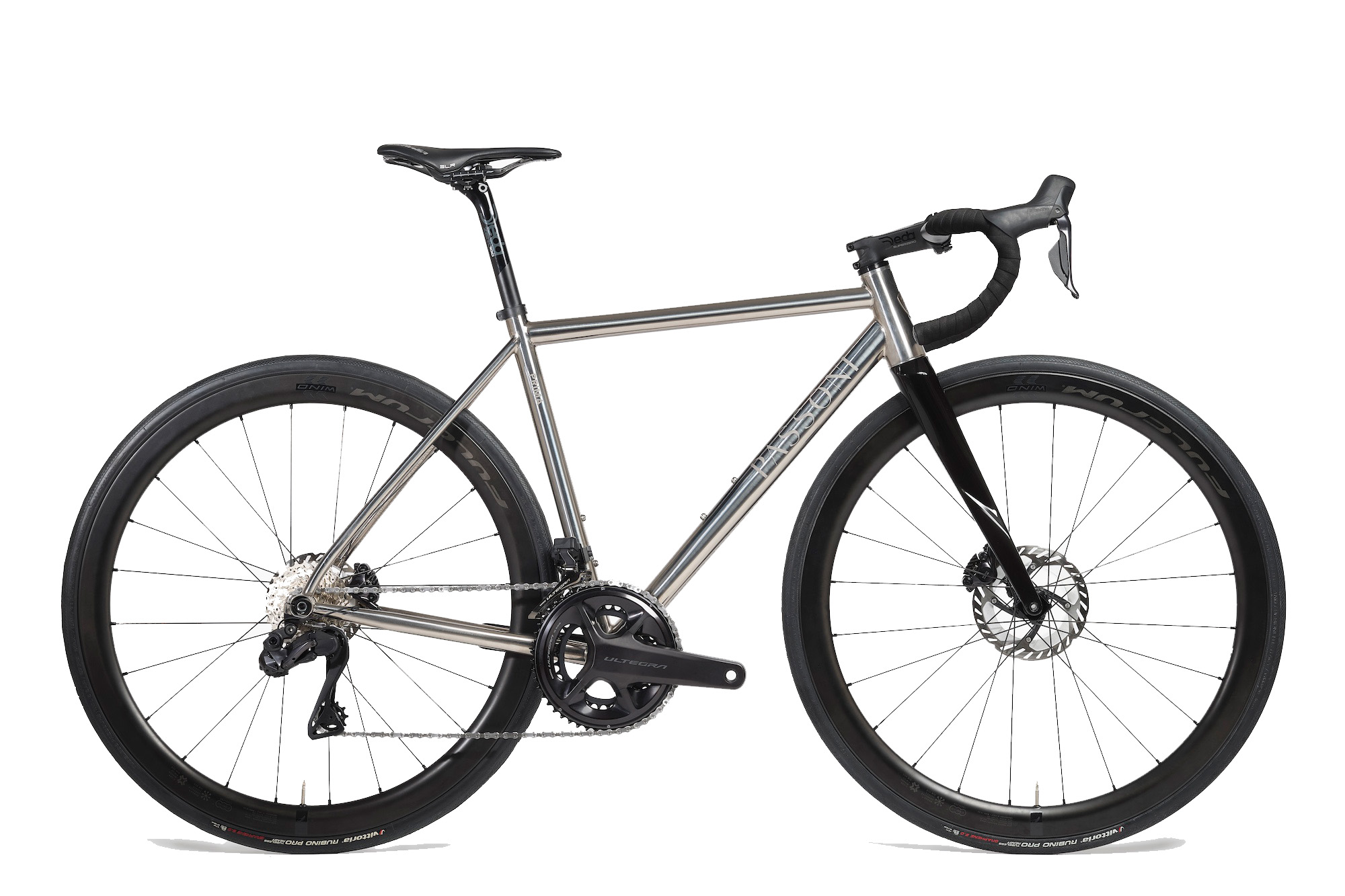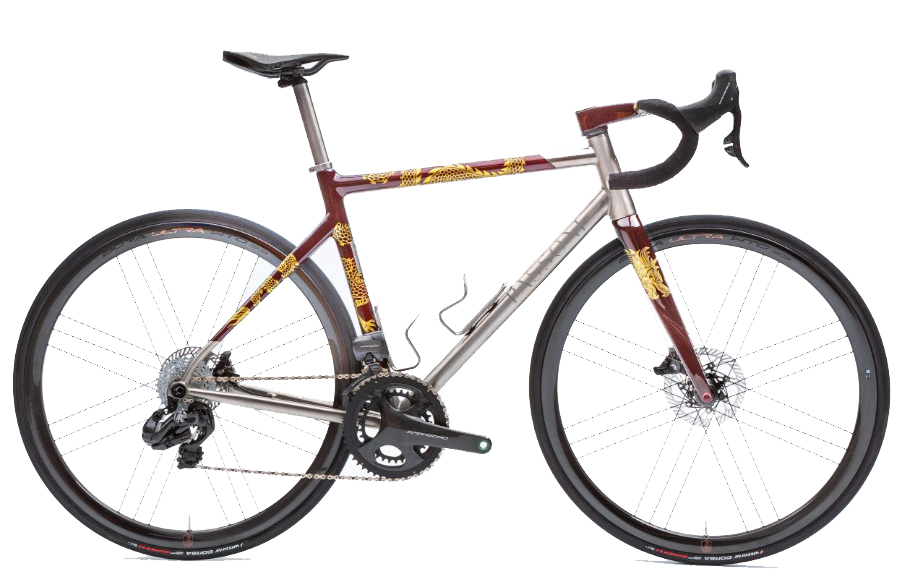Passoni owner Juan Antonio Flecha won many fans as a hard-working and combative racer. His career included a stage win at the Tour de France, victory in Omloop Het Nieuwsblad, and visits to the podium at the Tour of Flanders and Paris-Roubaix. Since then, he's shared his expertise and enthusiasm with another generation as an expert commentator. We managed what many others struggled to do and caught up with him for a chat. Find out why he chose to use a titanium bike.
On Passoni and the importance of a well-fitted bicycle
"I bought my first Passoni in 2013, during my last season as a pro," explains Fletcha. "I saw it at the local shop and decided to get it despite knowing I'd have to wait until I wasn't sponsored before I could use it.
Towards the end of that season, I had problems with my training bike. So I started training on my Passoni. I used it for two weeks before Il Lombardia. It was a nice motivation to still train hard at the end of the season and, simultaneously, a good transition to post-career riding.
I have a Passoni Titanio. Before the carbon fibre revolution, most of my bikes were tailor-made. 2009 was my first season on a mass-produced bike. I received a medium Giant because that was thought to be the right size. I wanted to return it after the first corner!
My most unpredictable crashes happened that year. On the descent of the Koppenberg in Flanders, similar on the Carrefour de l'Arbre at Paris-Roubaix and the same on a Tour de France stage, all while cornering and following other riders' lines.
Before that, the team mechanic used to advise me on what geometry would work best. I remember at Fassa Bortolo, they went to different pedals. Our mechanic Giancarlo Bianchi immediately ordered a different frame since the new pedals would also affect my saddle height. I know it was marginal, but it's important when you race almost a hundred races a year. Also, it was nice to know that your bike was unique and would ride as you wanted.
On the racing life of Flecha and what comes after with Passoni
When you're a professional, riding means doing what you love most and getting paid for it. It's a perfect scenario when you're in your twenties. At the same time, you know it won't last forever, so you give 100%.
When I was racing, Flanders and Roubaix were my favourites. And of the Grand Tours, the Giro. It's a shame I only raced it once. Fortunately, I could enjoy it during the years I worked for Eurosport as a commentator.
Transitioning into retirement is difficult at first because you know it's over. I was burnt out. But at the same time, I was still so passionate about cycling. Years go by, and you realise that despite no longer being able to do just one thing at 100%, you can enjoy doing many others.
Since I retired, I've changed the geometry of my bike. As a pro, I used to be a good all-rounder, so I had to be on the lead-out train or trying to get into breakaways. That style required an aggressive geometry that let me get out of the saddle to launch an attack while keeping an aero position. Now my riding has changed and involves some ultra-distance events, so I'm looking for a more comfortable position on my bike.
Juan Antonio Flecha Exploring by bike
When I was travelling to commentate on the races, I always tried to bring my bike with me. We filmed a lot of recons for Eurosport with my Passoni. It was the favourite bike for many camera operators I worked with as it looked beautiful on TV.
Last year I did the Badlands gravel race. I've always loved adventure, and those kinds of rides have it on a bigger scale than anything I've done before. Beautiful landscapes and endless gravel roads.
I took it more competitively than I thought I would because it's not a race, and the result isn't important. Nonetheless, completing the track in a certain amount of time is a good goal.
Before the start, I asked my mate David Rovira what would be good, and he suggested we aim to finish in 55 hours. I had that number always in my head. We just managed it in 55 hours and 59 minutes!
Passoni is the partner of other former professional riders like Filippo Pozzato, Andrea Tonti. You can also discover Passoni customer story like John and Donna, Jean-Pierre, Michael, Shandy and Ramon, Tobias Gehrke.

 Ready-to-ride
Ready-to-ride Made-to-measure
Made-to-measure Special edition
Special edition